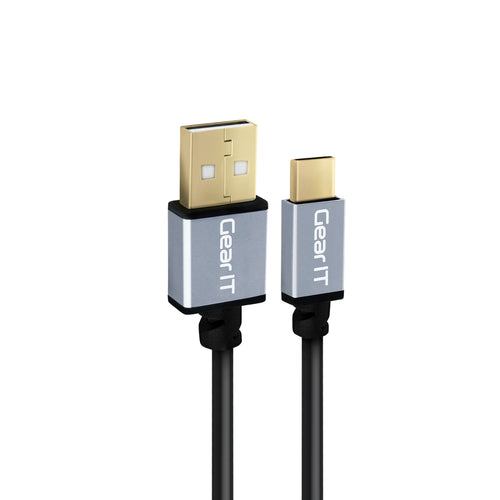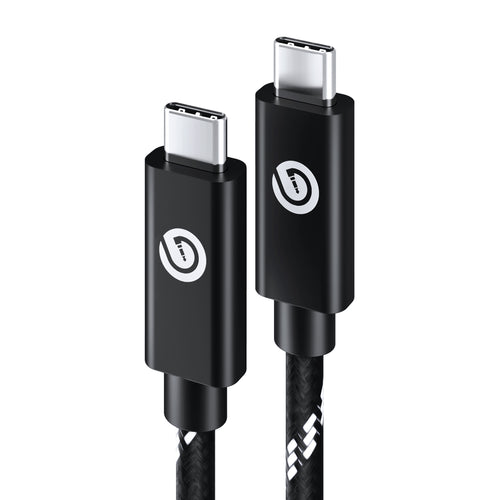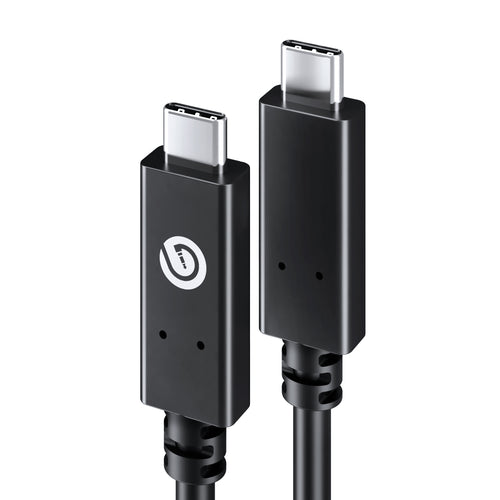
In the world of tech, connectivity is king. From smartphones to laptops, our devices rely on efficient and versatile ports to transfer data, charge batteries, and connect to peripherals. In this landscape, one port has emerged as a game-changer: USB-C. Let's delve into the technical intricacies of USB-C, understand its purpose, and explore how it is propelling our electronic devices into the future.
Understanding USB-C:
USB-C, short for USB Type-C, is a universal connectivity standard designed to streamline the connection process across various devices. Unlike its predecessors, USB-A and USB-B, which had different shapes and sizes, USB-C features a symmetrical oval shape, allowing for reversible plug orientation. This means no more fumbling with cables to find the correct orientation – plug it in either way, and it just works.
How It Works:
At its core, USB-C utilizes the USB protocol for data transfer and power delivery. However, what sets it apart is its versatility and capabilities. Here's a breakdown of USB-C's key features:
1. Data Transfer: USB-C supports high-speed data transfer rates, with the latest versions capable of reaching speeds of up to 20 Gbps. This makes it ideal for transferring large files quickly, such as high-resolution videos or large datasets.
2. Power Delivery: One of the most significant advantages of USB-C is its power delivery capabilities. It can deliver up to 100 watts of power, allowing it to charge not only smartphones and tablets but also laptops and other power-hungry devices. This means fewer chargers cluttering our desks and more flexibility in powering our devices.
3. Video Output: USB-C also supports video output, thanks to its support for alternate modes such as DisplayPort and HDMI. This means you can connect your device to an external monitor or TV using a single USB-C cable, eliminating the need for multiple adapters and cables.
4. Peripheral Connectivity: USB-C is designed to be a one-size-fits-all solution for connecting peripherals. With the right adapters or cables, you can connect a wide range of devices, including external hard drives, printers, cameras, and more, all through a single port.
The Purpose of USB-C:
USB-C aims to simplify connectivity across devices while providing faster data transfer speeds, higher power delivery capabilities, and support for multiple protocols. Its universality makes it a preferred choice for manufacturers looking to design sleeker, more efficient devices without compromising on connectivity.
Propelling Devices into the Future:
USB-C's versatility and capabilities have already started to reshape the landscape of electronic devices. Here's how it is driving innovation and propelling our devices into the future:
1. Thinner and Lighter Devices: The slim and reversible design of USB-C allows manufacturers to create thinner and lighter devices without sacrificing functionality. This has led to the rise of ultra-portable laptops, tablets, and smartphones that are easier to carry and use on the go.
2. Simplified Connectivity: With USB-C, users no longer need to carry multiple cables and adapters for different devices. A single USB-C cable can handle data transfer, power delivery, and video output, streamlining the connectivity experience and reducing clutter.
3. Cross-Platform Compatibility: USB-C is a universal standard adopted by a wide range of devices, including smartphones, laptops, tablets, and peripherals. This cross-platform compatibility ensures seamless connectivity between devices from different manufacturers, fostering interoperability and convenience.
4. Future-Proofing Devices: As technology continues to evolve, USB-C provides a future-proof solution for connectivity. Its high-speed data transfer rates, power delivery capabilities, and support for alternate modes ensure that devices equipped with USB-C ports remain compatible with emerging technologies and standards for years to come.
USB-C is not just a port – it's a paradigm shift in connectivity that is revolutionizing the way we interact with our electronic devices. With its versatility, speed, and power delivery capabilities, USB-C is laying the foundation for a more connected and efficient future. As we embrace the era of USB-C, we can expect to see even more innovation and integration across our devices, ultimately enhancing our digital experiences.





















































